

Anatomy of First Aid: A Case Study Approach
Ronald Bergman, Ph.D.
Peer Review Status: Internally Peer Reviewed
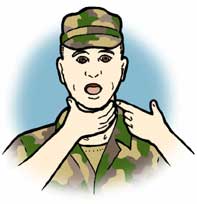
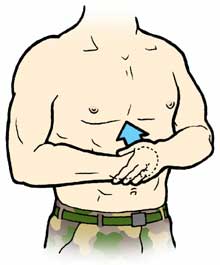
Immediately the Marine began coughing. A piece of meat flew out of his mouth and the Marine began to breathe normally. This ends the 1st scenario.
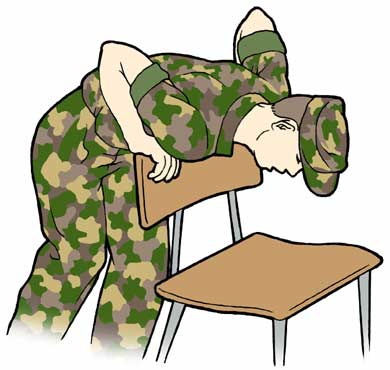
Immediately the Marine thrust his abdomen on the top of a chair back. A piece of meat flew out of his mouth and the Marine began to breathe normally. This ends the 2nd scenario.
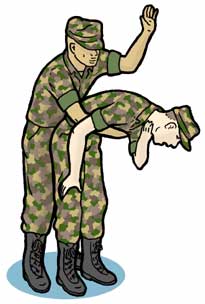 Standing
thumper
Standing
thumper
Immediately a corpsman assigned to the squad asked, "Are you choking?" The Marine nodded. The corpsman gave 3 backblows between the shoulder blades to the Marine with the man in a bent over position. A piece of meat flew out of his mouth and the Marine began to breathe normally. This ends the 3rd scenario.
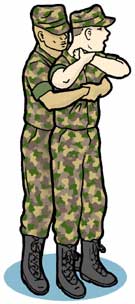 Standing
Hemilich
Standing
Hemilich 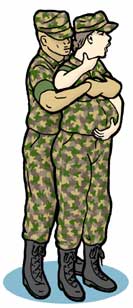 If
pregnant
If
pregnant
Immediately a corpsman assigned to the squad grabbed the Marine from behind, between the ribs and the umbilicus (belly button), and gave several strong thrusts or squeezes to the Marine's abdomen (Heimlich maneuver). A piece of meat flew out of his mouth and the Marine began to breathe normally, the red skin color decreased, the heart rate decreased and the panic subsided. If pregnant, the corpsman would give the thrusts mid-sternum. This ends the 4th scenario.

The methods outlined above, coughing, backblows, and abdominal thrusts (Heimlich maneuver) have a very high rate of success. In the event, however, that these methods fail to dislodge the obstructing material from the air pipe (trachea), a tracheotomy must be considered.
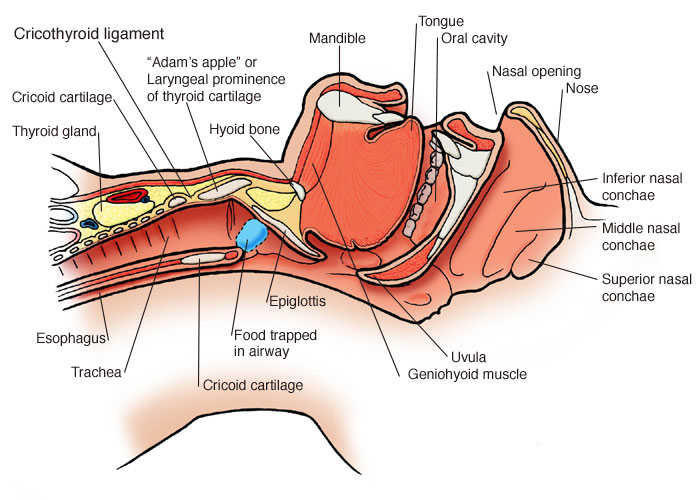
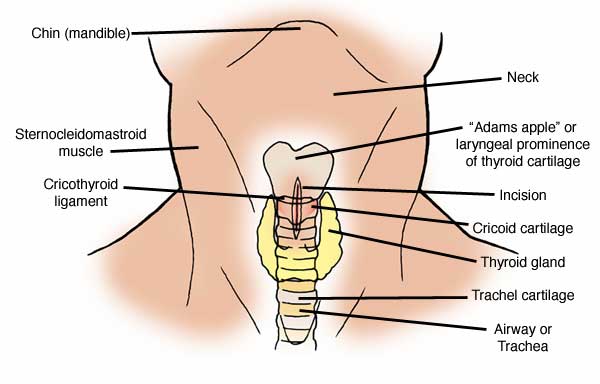
If the choking victim is without oxygen for 4 to 5 minutes he may die or have severe brain damage, if he survives. Tracheotomy is the last resort - the very last resort - a matter of life or death. In order to be successful, several common sense things must be kept in mind.
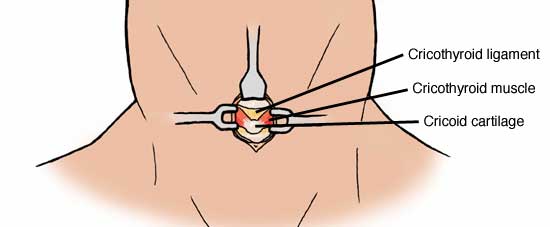
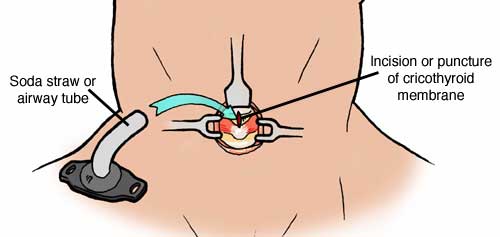
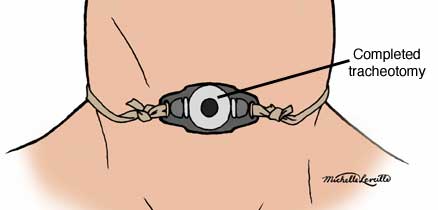
Immediately a corpsman that was present for dinner asked one of the Marines to keep time for him and call out the time by the minute. He tried the Heimlich maneuver several times and after this failed to dislodge the obstruction the choking victim became unconscious. The corpsman then palpated the thyroid cartilage and found the "Adam's apple" or laryngeal prominence. The corpsman then traced the cartilage distally in the midline straight down until it ended (about 2.5 cm. or 1 inch). The hard cartilage gave way to a membrane (soft spot), the cricothyroid membrane. It is this membrane that must be opened (see diagrams). (Elapsed time - one minute) The skin was opened with a sharp knife in the sagittal plane (up/down). Pulling the cut surfaces apart (right/left) he quickly examined the exposed area for blood vessels and parts of the thyroid gland. (Elapsed time - two minutes) Avoiding blood vessels and glandular tissue he punctured the cricothyroid membrane with a knife (very carefully and never transversely) (or he could have used a sharp pencil or ball point pen), to enter the trachea. The depth of the puncture should be just sufficient to gain access to the airway. No more than a half-inch or about 1.25 cm. To maintain the opening to facilitate breathing, a soda straw or tube was placed in the opening. (Elapsed time - three minutes) The duty corpsman said he was told by a physician about "the rule of three" - something easy to remember and to be on the safe side - three weeks without food and you die; three days without water and you die; but only three minutes without air and you die. The Marine was then taken to sickbay for further treatment. The entire procedure took less than 4 minutes. The opening of the airway allowed the Marine to get the oxygen needed to survive. This ends the 5th scenario. Remember that tracheotomy is the last resort to restore respiration but; the alternative is death.
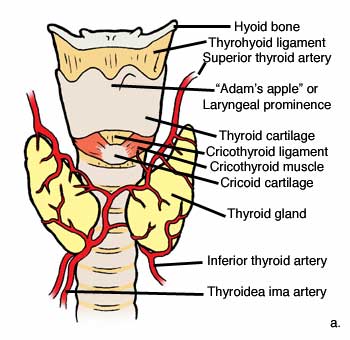
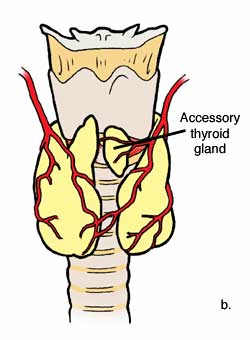
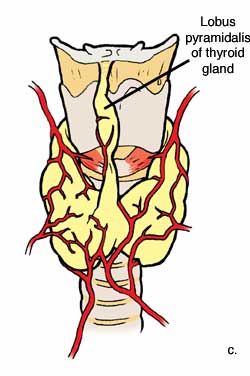
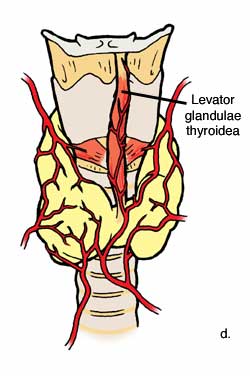
Knowledge, and confidence in that knowledge, makes this procedure as safe as is possible in an emergency situation.
Please send us comments by filling out our Comment Form.
All contents copyright © 1995-2025 the Author(s) and Michael P. D'Alessandro, M.D. All rights reserved.
"Anatomy Atlases", the Anatomy Atlases logo, and "A digital library of anatomy information" are all Trademarks of Michael P. D'Alessandro, M.D.
Anatomy Atlases is funded in whole by Michael P. D'Alessandro, M.D. Advertising is not accepted.
Your personal information remains confidential and is not sold, leased, or given to any third party be they reliable or not.
The information contained in Anatomy Atlases is not a substitute for the medical care and advice of your physician. There may be variations in treatment that your physician may recommend based on individual facts and circumstances.
URL: http://www.anatomyatlases.org/